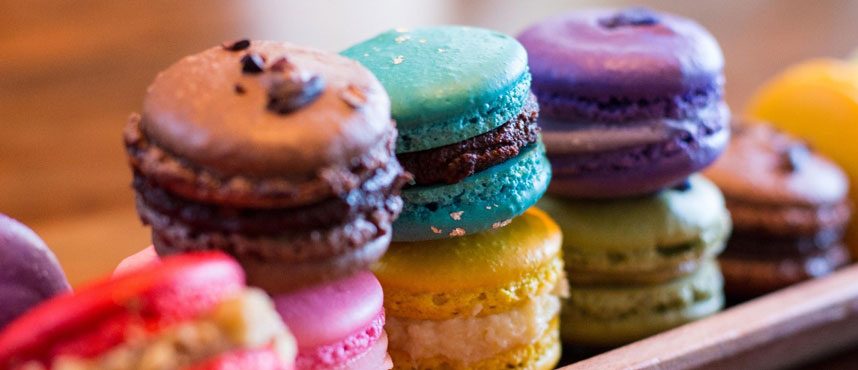Application and safety protocols in the use of food colours
What if you come to know that the drool-worthy 7-layered rainbow cake and the Instagrammable fancy red velvet shake comes with a side serve of hyper activity, allergic reactions, or maybe, even cancer? What would you call it – delicious, or death-licious?!
Well, it wasn’t meant to scare you, but of course, it should serve as a word of caution. As the menus for cafés and patisseries become fancier, so does the appearance of their food products. Clearly, the major appeal factor of today’s processed and fresh foods comes from a liberal use of food colours. Apart from just giving a fancy look to the edibles, food colours are also used to serve as an association with food categories. Example, chocolates are brown, and vanilla is white. Mango flavor is deep yellow, and green apple is obviously, green. And in most cases, if common perceptions are anything to go by, the ‘richer’ the colour, the more tempting the food is!
Now, these food colours can be derived from natural or synthetic sources in the form of dyes, or soluble lakes. Generally, dyes are used in beverages and dairy products, pet food, etc. Products that contain oil and fats use lakes for colours, e.g. cheese, chewing gum, chocolates, etc.
The application of food dyes is not only limited to bakery products. It spans across candies and drinks to processed and even fresh foods. Basically, every pack that you can lay your hand on the supermarket shelf, has additive food colours in one way or the other. So, while these colours are for sale on such a high scale, major national and international associations likeJEFCA, WHO, USFDA, FSSAI, EU, CSPI, EFSA regulate judicious use of these food colours; for the obvious reason – to restrict their detrimental impact on our health.
FSSAI, an autonomous body established under ministry of health and family welfare, permits colour as an additive in products like canned fruits, biscuits, ice cream and frozen milk deserts, synthetic beverages, sherbets, soft drinks etc. on a regular basis.
While the use of natural and synthetic food colours remains controversial among the users and food legislation associations alike, the evidence for dyes causing major health risks is weak. However,based on current studies, consuming food colours in considerable amounts is safe.
FSSAI has limited the use of Aluminum lakes or Sunset yellow FCF to 0.04 percent by weight. The maximum colour content limit in any beverage for final consumption should not exceed 8.3 ppm.1Food and colouring regulations of FSSAI are detailed on the “colouring Matter” category in the Food Safety and Standards (Food Products Standards and Food Additives) Regulations, 2011.
Neelikon, a trusted manufacturer of natural and synthetic dyes and lakes for food colours, serves an array of safe, quality tested and approved pigments to satisfy the colourful palate that we all inherently possess!
*Kindly check for references as mentioned at the footnotes.
Although based on our general experience, the information presented herein is believed to be reliable, Neelikon makes no representation or guarantee as to the accuracy, completeness or reliability of the information. Due to various factors that are outside our control, we cannot accept liability from reliance on this information under any circumstances.
Ref 1: https://foodsafetyhelpline.com/function-of-colours-in-food-and-colours-permitted-by-fssai-in-foods/


